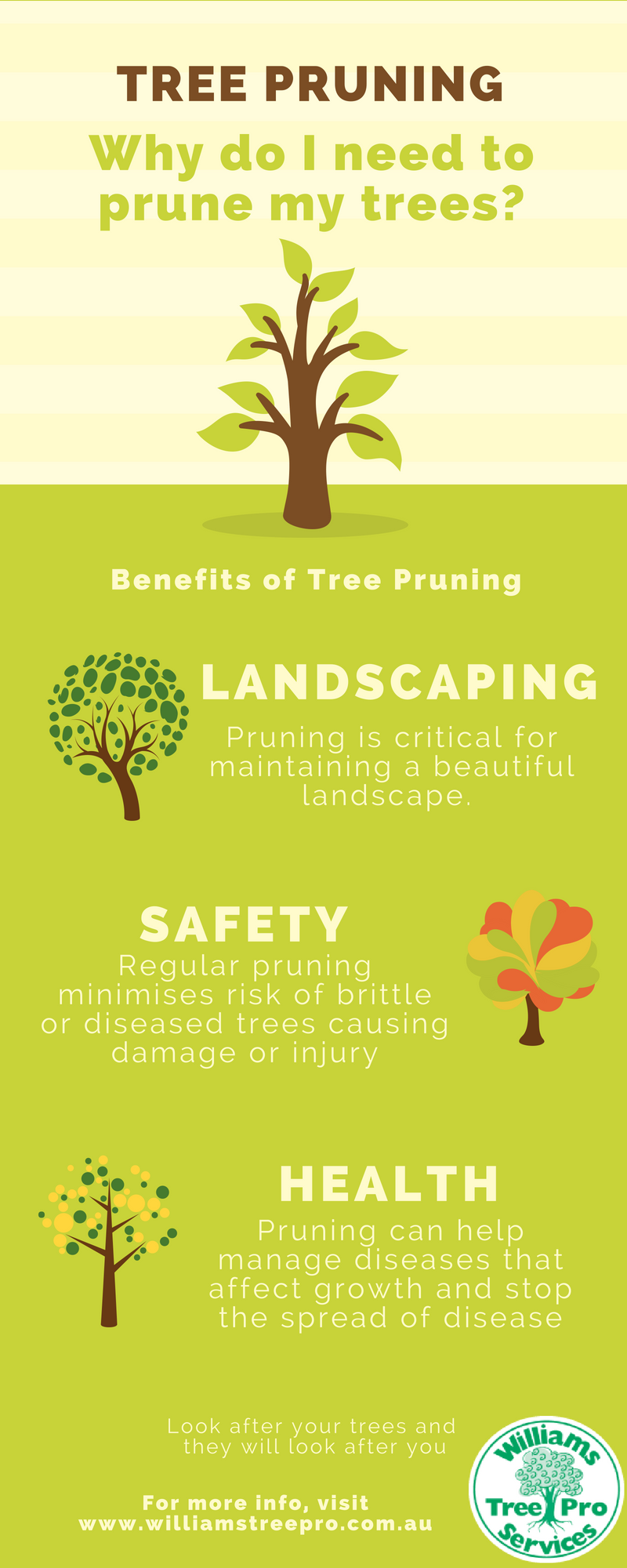Discover How To Promote A Robust Environment Post-Tree Elimination
Discover How To Promote A Robust Environment Post-Tree Elimination
Blog Article
Short Article By-
When it concerns seasonal tree treatment, guaranteeing correct management before and after elimination can considerably affect the health and wellness and aesthetic appeals of your landscape. By recognizing the needed actions involved in assessing tree health and wellness and getting ready for removal, you can proactively guard your residential or commercial property. But what regarding the crucial practices to comply with as soon as the tree is gone? Remain tuned to find the important post-removal care steps that will help you grow a thriving and lasting atmosphere for your trees.
Pre-Removal Tree Treatment
Prior to resolving the elimination of a tree, it's essential to prioritize pre-removal tree care. Beginning by evaluating the tree's wellness and structural integrity. Try to find indications of condition, parasite invasions, or any type of structural issues that may posture a safety danger during elimination. It's important to seek advice from a certified arborist to identify the best strategy.
Trimming dead or diseased branches can protect against further damages to the tree and guarantee a smoother removal procedure.
In addition, consider the ecological impact of eliminating the tree. Trees play a vital role in our community, so growing a new tree in a suitable area can assist counter any kind of loss. Guarantee that you have the needed permits and permissions for tree elimination, particularly if the tree is shielded by regional regulations.
Seasonal Upkeep Tips
Assessing your tree's requirements throughout the year is important for its health and durability. To keep tree spade service near me in leading condition, follow these seasonal upkeep pointers.
In spring, concentrate on trimming to get rid of dead or damaged branches and urge new development.
Summer season calls for routine watering, specifically throughout droughts, to ensure your tree stays hydrated.
As fall techniques, keep an eye out for very early indicators of condition or tension, and consider applying mulch to protect the origins during wintertime.
In wintertime, be cautious when eliminating snow from branches to avoid damage, and remain to monitor your tree's general wellness.
Keep in mind to readjust your care regular based on the details requirements of your tree types and regional climate. By remaining alert and proactive throughout the seasons, you can aid your trees grow and prosper for several years ahead.
Post-Removal Tree Treatment
To make sure the wellness of your landscape also after tree removal, correct post-removal care is crucial. After a tree is eliminated, it's crucial to fill up the staying opening with topsoil and small it to prevent settling. This will certainly assist maintain the integrity of the ground and avoid potential risks in the future.
Think about growing brand-new plants instead of the removed tree to bring back the balance and aesthetics of your landscape. On a regular basis water the area to advertise the growth of new plants and protect against soil disintegration.
Check the bordering trees for any indications of disease or tension that might have been caused by the gotten rid of tree. Watch out for bugs that might've been brought in to the previous tree and take safety nets to safeguard the remaining plants.
If required, talk to https://www.business2community.com/social-media/5-social-media-content-ideas-for-the-fall-season-02350457 to evaluate the impact of the removal on the bordering trees and figure out any kind of added treatment required. By complying with these post-removal care actions, you can make certain the continued wellness and appeal of your landscape.
just click the next site
To conclude, aggressive seasonal tree care is essential for preserving the health and equilibrium of your landscape. By evaluating tree health and wellness, trimming, and consulting with an arborist prior to elimination, you can make certain a risk-free process. After elimination, filling the hole, growing new greenery, and regular watering will promote new growth and prevent erosion. Remember to evaluate surrounding trees for illness and seek more treatment steps from an arborist to maintain your landscape growing.
